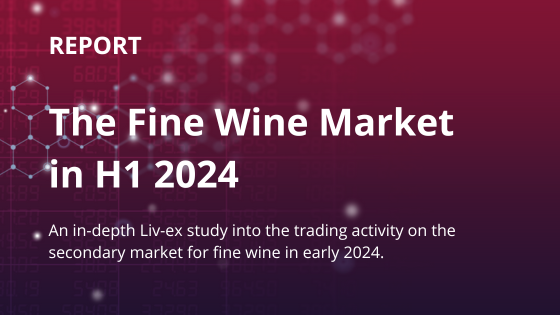This year’s Classification continues to reflect the broadening of the secondary fine wine market.
First published in 2009 with a focus purely on Bordeaux, the Liv-ex Classification has evolved significantly since its inception. In 2017, when the Classification’s scope was broadened to incorporate wines from all corners of the world, it included wines from six countries. This number expanded to nine in 2019, and then dropped to eight in 2021. This year, the number has increased again, with nine countries represented.
Argentina has re-entered the Classification after dropping out in 2021, this time coming in with five wines. The other newcomer is Switzerland, which has replaced Germany with a single wine in the latest edition of the Classification.
The primary purpose of the Liv-ex Classification remains unchanged: to use price alone to determine a hierarchy of the leading labels in the secondary market. Its inspiration is the 1855 Classification from Bordeaux, which ordered the wines from top estates from Fifth to First growths based on their price.
Given the scope of wines being considered today and with prices for certain labels rising to great heights (especially in regions such as Burgundy), a minimum level of activity and number of vintages traded over the last year were also required for a wine to qualify.
This means that one vintage of one very rare label trading just once for a very great price alone is not enough to secure a place in the Classification. The full methodology – which was slightly amended from 2021 to restrict the influence of older vintages on the average trade price – is outlined in the next section.





